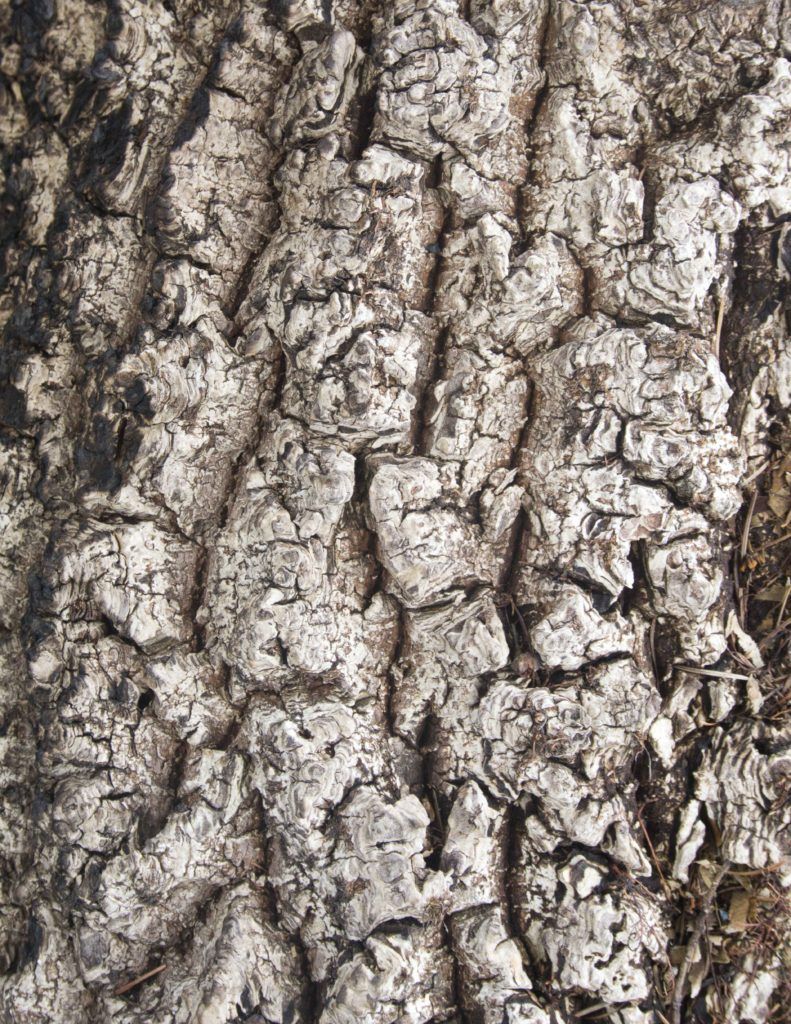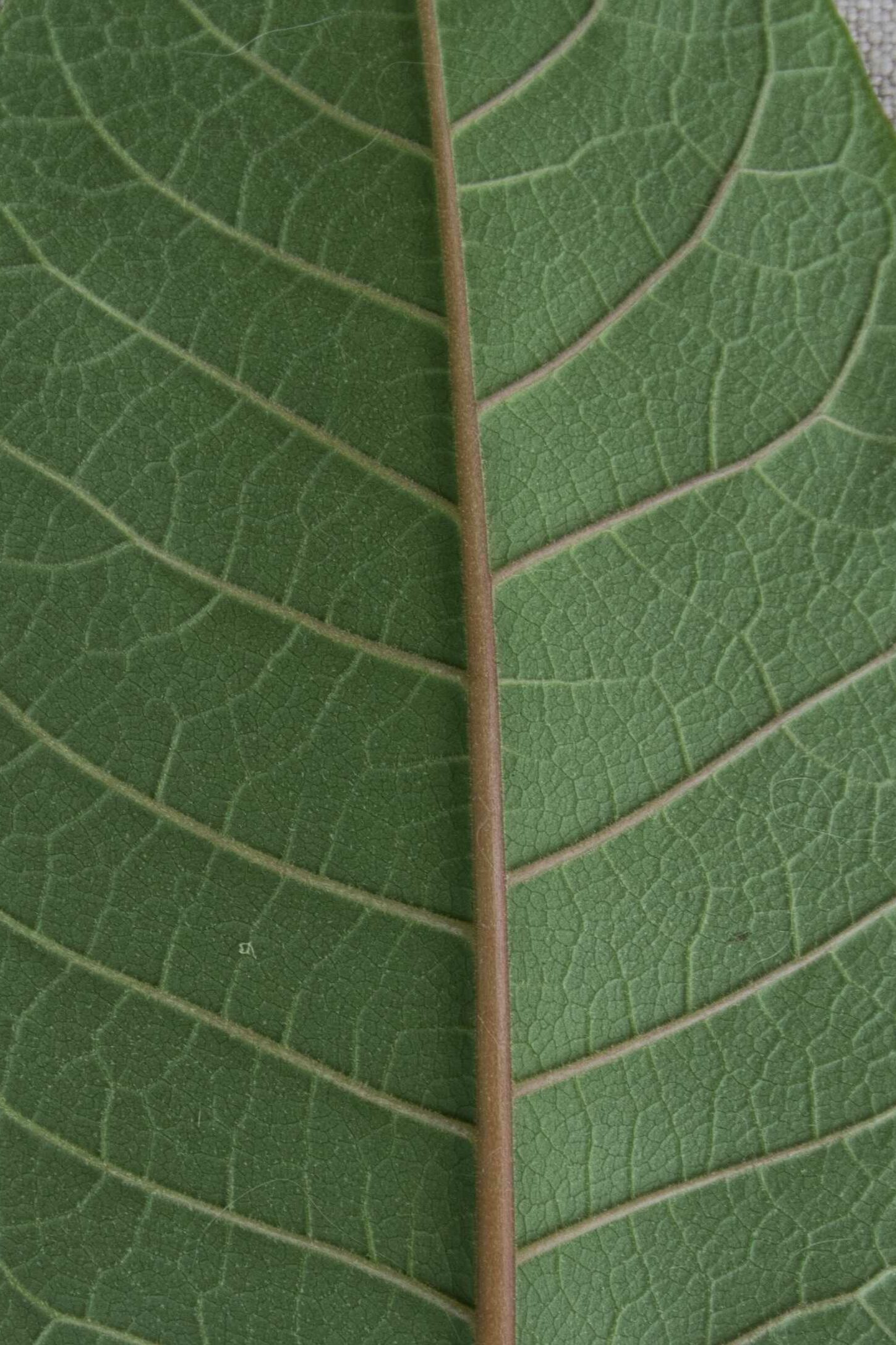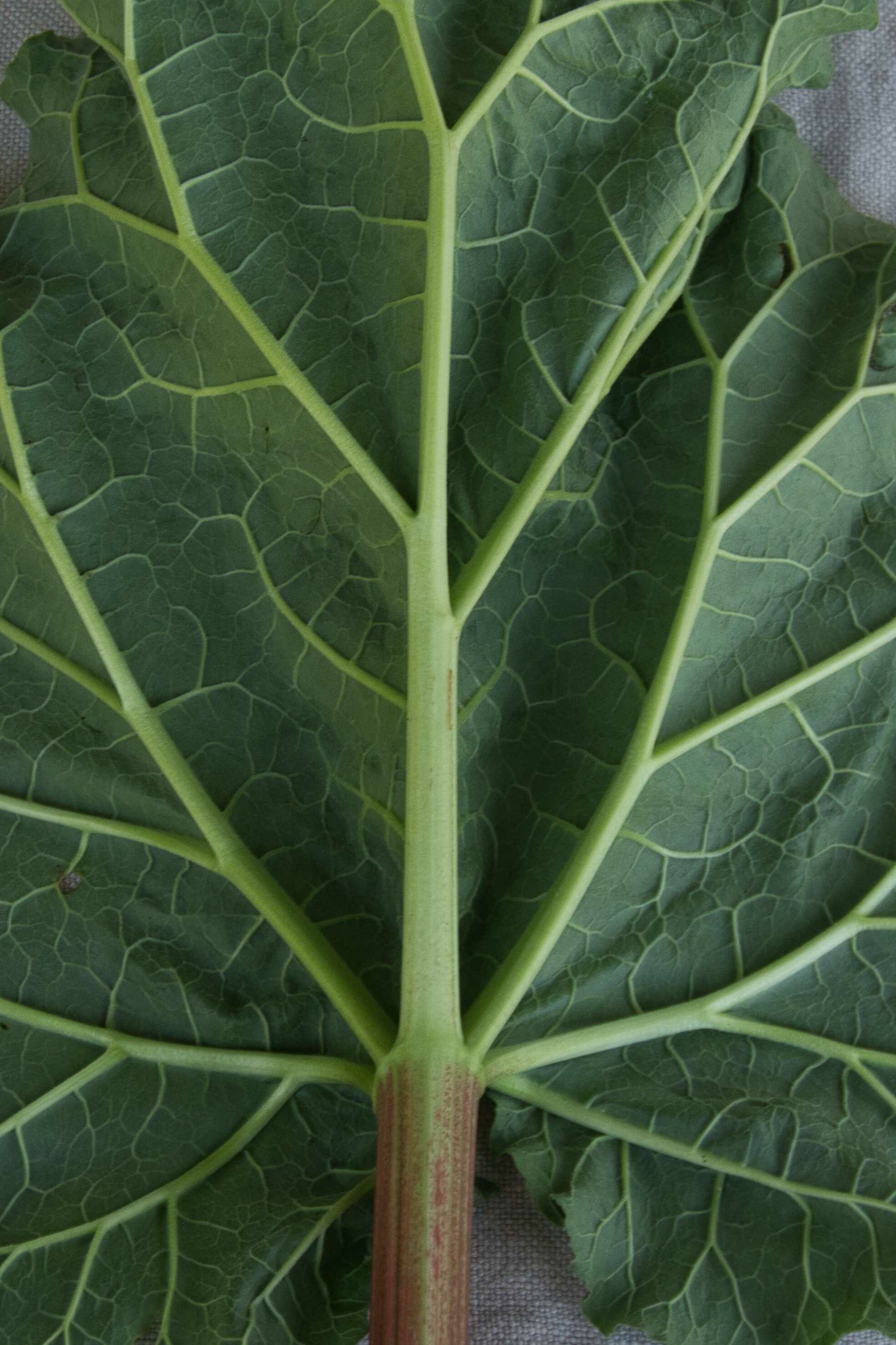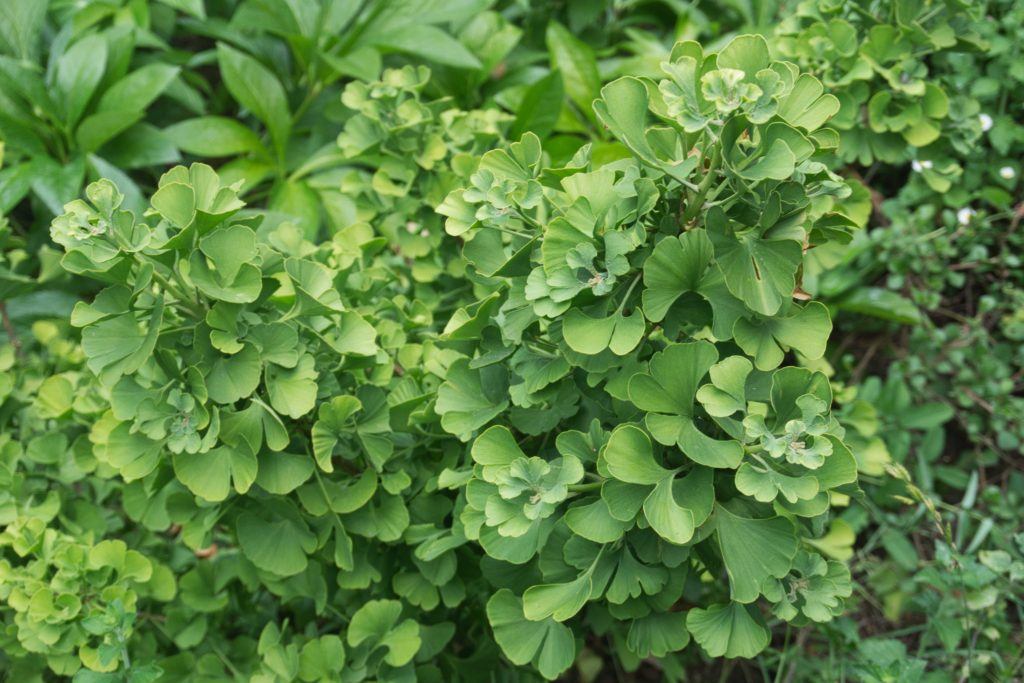
Leaf Texture
We’ve experimented with more than a hundred different plants and other organic materials, everything from dandelion weeds to giant rhubarb leaves to bark and lichen. Unfortunately, many of these experiments don’t succeed as well as we would like. This is because it takes a specific thickness and texture to really make a good impression in concrete. Too thin, and the detail won’t get picked up, too thick, and the detail will be lost when filled.


Many leaves are too leathery, like oak leaves, which don’t conform to the mold and tend to leave poor impressions. Some are too delicate, like ferns, which often get smashed by the concrete or dry out and shrivel too soon after picking them. Most leaves don’t have particularly detailed vein structure at all. The Tobacco and Rhubarb leaves pictured here respectively, are fairly ideal.
Some leaves, like the ginko pictured below, don’t have a ton of vein structure, but their shapes make them compelling.

These requirements mean that out of the thousands of plants in the world, relatively few make great impressions. Almost any other natural element, like bark or rocks, are too thick to easily work with, at least with our techniques. Still, there are surely many leaves we don’t know about or can’t easily access, so if you ever want to send us a leaf to experiment with, we will very much enjoy that. We once made some tables with eccentric, hardy ferns from Hawaii. We would love to cast some gigantic jungle leaves.